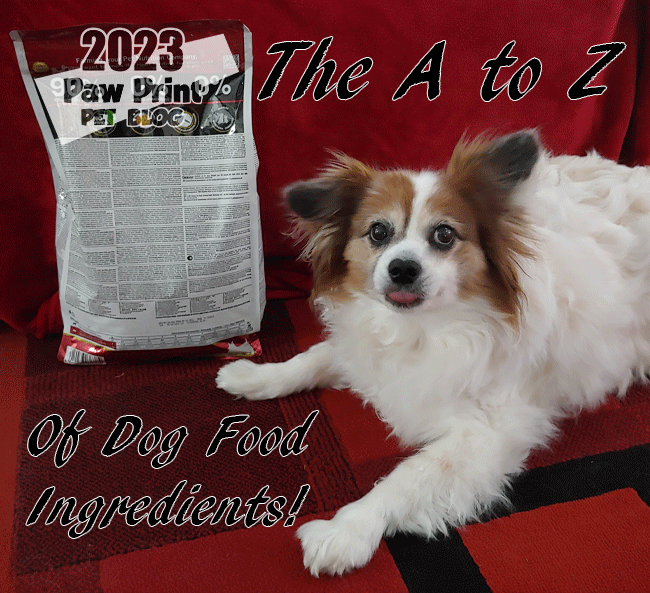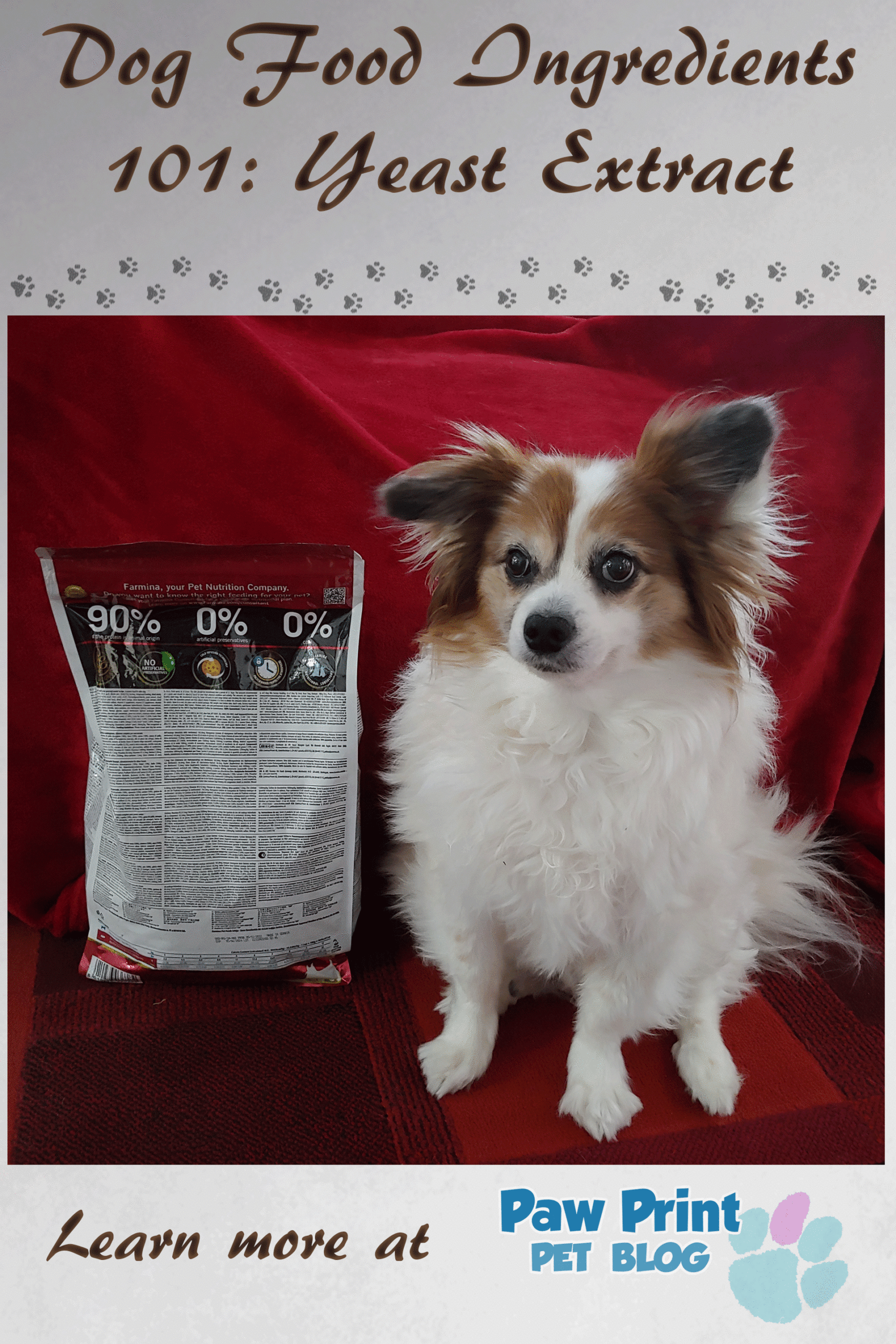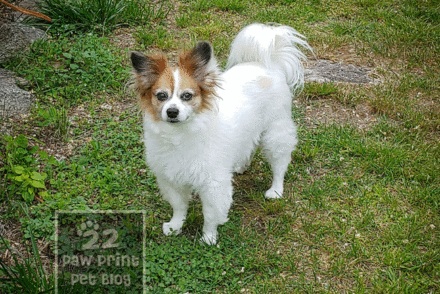 Y is for Yeast extract! We’re in the home stretch of this year’s April blogging from A to Z Challenge. Just one more day to go after today. Did April go as quickly for everyone else as it did for me!? I hope some of you have learned at least a little something from this month’s posts. I think it’s so important to know what is actually in the foods we’re feeding our dogs. And hey, some of the ingredients I wrote about this month are used in human foods as well!
Y is for Yeast extract! We’re in the home stretch of this year’s April blogging from A to Z Challenge. Just one more day to go after today. Did April go as quickly for everyone else as it did for me!? I hope some of you have learned at least a little something from this month’s posts. I think it’s so important to know what is actually in the foods we’re feeding our dogs. And hey, some of the ingredients I wrote about this month are used in human foods as well!
This post is part of our 2023 April blogging from A to Z Challenge! Join us this month as we go through the alphabet, A to Z, learning more about some of the ingredients that are commonly (or not so commonly, in some cases) found in our dog’s food!
Post Contents:
What is Yeast Extract?
Many people probably already have a good understanding of what yeast is. Yeasts are single-celled fungi that have many commercial uses such as the brewing of beer, wine making, and baking. To make yeast extract, the cell walls are removed from the yeast cells. One way this is done is by heating the yeast cells until they rupture, then using digestive enzymes to break down the yeast proteins. The cell walls of the yeast can then be filtered out. Yeast extract can come in liquid, powder, or paste form.
Why is Yeast Extract Added to Dog Food?
Yeast extracts are used as a flavoring in some dog foods. It is used the same way in human foods too. Yeast extract is explained as having umami, or a savory flavor that, for humans, can be used in foods such as canned soups, and salty foods. Marmite is basically yeast extract, if anyone is curious about the flavor.
 Cons of Feeding Yeast Extract to Dogs:
Cons of Feeding Yeast Extract to Dogs:
Dogs should not be fed active yeast, such as yeast used for cooking or in raw dough. It can ferment in their stomachs and lead to serious health issues. Yeast extract found in dog food, however, is processed and cooked which basically kills the yeast. In the same way that raw dough is dangerous for dogs but small amounts of cooked bread is ok, the yeast extract used in dog food is safe for dogs to consume.
Some dogs can be allergic to yeast.
Benefits of Yeast Extract for Dogs:
Since it’s used mainly as a flavor enhancer, yeast extract isn’t usually added to dog foods to boost their nutritional profile. However, yeast extract is high in B vitamins including B12, B2, B9, B1, and B3. The amount of yeast extract added to dog food will likely not be enough to be a major source of these vitamins, however.
So What’s the Verdict on Yeast Extract? Is it Safe as a Dog Food Ingredient?
As long as your dog doesn’t suffer from yeast allergies, yeast extract is a pretty neutral dog food ingredients. Because yeast extract is processed, it doesn’t present the same dangers to dogs that yeast itself does. It may help make your dog’s food more palatable, and is high in B vitamins. However, the small amount of yeast extract added to dog food isn’t likely to be any major source of nutrients for our dogs.
Comment below! Did you know that yeast extract can be used to flavor dog food? Does your dog’s food contain yeast extract?

We’ve, unfortunately, been dealing with content scrapers stealing our articles lately. You shouldn’t be seeing this article on any site other than pawprintpetblog.com! If you’re reading this article on any other site, we’d love for you to take the time to contact us and let us know and, if you have the time, stop by and visit us on our official site! Thanks you.





1 Comment
Thank you for the summary, it’s good to know why yeast is included in some dog food.